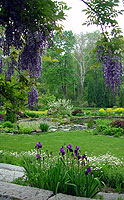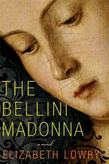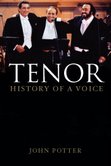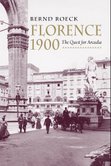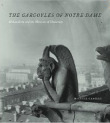For those of us not in Venice for the Biennale this year, alas, it’s impossibly to see Bruce Nauman: Topological Gardens, which just won the top “Golden Lion” award. But below is the image the Philadelphia Museum of Art — the commissioning institution — is providing of the pavilion’s exterior.
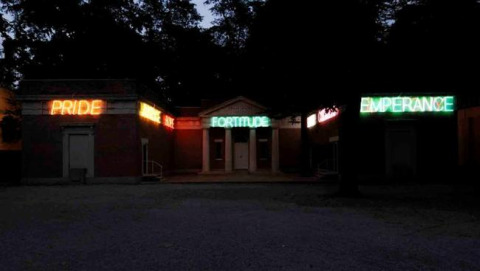
And here’s part of the statement from the Biennale, which said it made the award:
in recognition of the sustained energy and precision of Bruce Nauman’s art. From iconic embodiments of human pain and fragility to pithy jabs at our frailties, his oeuvre reveals the magic of meaning as it emerges through relentless repetition of language and form.
The Philadelphia museum worked in collaboration with the Università Iuav di Venezia and the Università Ca’ Foscari di Venezia, and the Nauman exhibition, a survey of four decades of his work, fills two other spaces at the universities as well. This is the first time since 1990 that the U.S. has won this top award. That’s when Jenny Holzer represented the U.S.
You can find more information about the installation at this project website — but no additional images, sorry to say.
Photo Caption/Credit: Installation shot of an exhibition copy of Bruce Nauman, Vices and Virtues, 1983-88 as installed on the frieze of the U.S. Pavilion. Neon and clear glass tubing mounted on aluminum support grid. Stuart Collection at the University of California, San Diego © 2009 Bruce Nauman / Artists Rights Society (ARS), New York. Photo credit: Michele Lamanna, courtesy Philadelphia Museum of Art.

